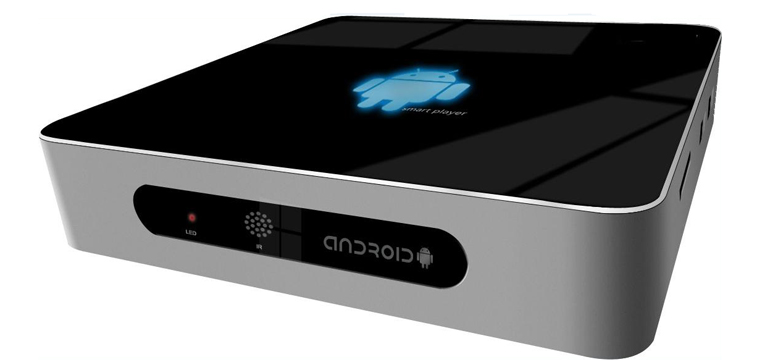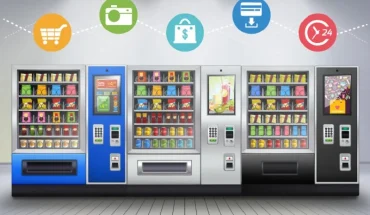Canada’s biggest cable providers have run a full court press to stamp out Android-based set top boxes from the market, but are destined to lose in the end if radical changes aren’t made to how content distribution works.
The providers won a court injunction in June that prohibited — at least temporarily — dealers from selling Android-based TV set top boxes that could enable consumers to access to content that isn’t otherwise licensed for those devices. The content is usually available through streaming sites that are aggregated by “scrapers” or “repositories” that run on a larger program, meaning that there is no need to download the content at all, like users would do with torrents. The nuts and bolts of it are more complicated, but the user experience has become easier to manage, and as such, more consumers are likely using it.
Therein lies the counter-argument from the dealers. The boxes, in and of themselves, are no different than a computer, tablet or smartphone, since those can access the same software and content sites.
Breaking this down further, the cable companies — Rogers, Bell and Videotron — pursued legal action against the only players in the chain that were realistically vulnerable. The people who maintain the software that runs the unlicensed content is a disparate, though committed, community of developers hailing from various countries around the world. The Android box manufacturers are mostly based in China, which is already known for its lax enforcement on copyright infringement. Who’s left? The dealers selling them.
One of the sticking points to this whole situation is the marketing lingo that goes with the boxes. It’s not apparent in all instances, but taglines of “Free Movies” and “Free TV” can be construed as a springboard to the very software that does just that. To skirt around any potential legal issues, the manufacturers sometimes sell the boxes without any of the software pre-loaded, putting the onus on consumers to take the reins themselves.
But then one must consider why products like these, from virtually unknown manufacturers, no less, resonate with them in the first place.
According to OpenMedia.ca, a Vancouver-based consumer advocacy group, the average monthly cable bill for Canadians is $53. While that number may seem low, it’s only an average, and with sports or movie packages thrown in, the number can easily rise above $100 after taxes.
The $25/month skinny basic bundle that was supposed to offer a cheaper alternative hasn’t materialized because the providers themselves have found every loophole to undermine it.
Streaming services, like Netflix, and even those owned by the cable companies, like Shomi and CraveTV, offer fairly deep catalogs, especially when combined together. But they don’t have everything, especially newer episodes or shows.
And so, the Android boxes offer an attractive proposition: Gain access to not just the newest content, but also many of the older movies and shows, along with the odd live TV channel. With no residual monthly fees, and HD resolution to boot, it’s not hard to see why consumers would take a chance on a box with a one-time cost of $100-$200. Cord-cutters or cord-nevers are a growing consumer subset, supplementing or supplanting traditional cable subscriptions with digital antennas for free over-the-air (OTA) HD channels, streaming services like Netflix or Android-based boxes with access to the bevy of free content noted earlier.
One caveat that is rarely noted is that in spite of Netflix being accessible through these boxes, they can’t display any of the catalog in HD. The reason why is because Netflix must certify all hardware to gain access to those streams. Since these low-cost Android boxes don’t bother going through that process, ostensibly because they would be denied anyway, the best you can get is 480p standard-definition.
Streaming boxes that are more “official”, like the Apple TV, Roku and Nvidia Shield, are examples of units that are certified, and thus, play Netflix in HD. As do Smart TVs, computers and certain smartphones and tablets.
Thing is, the setup and access these boxes afford their users can be emulated with a PC, Mac, iOS or Android device. Indeed, it’s not terribly difficult to download the necessary software, find the proper instructions, set it up, and then mirror the device’s screen over to a TV using AirPlay or casting with devices like the Apple TV and Google Chromecast. This is just one scenario that speaks to the argument the defendants had in the case.
But the underlying theme throughout the dispute is that the current content distribution model is incompatible with today’s users and technologies. Regional licences and broadcast rights may have worked fine in the cable TV era, but with the Internet now the dominant medium, it is virtually impossible to enforce and maintain such an anachronistic system.
Instead, a constant cat-and-mouse game ensues, only in this case, the source of the illicit content distribution is like a silhouette behind behind many layers of frosted glass. You can’t make out who it is or where it’s from. And with users and content crossing borders like a simple stroll from one room to another, it’s even harder to do anything about it.
Going after small vendors selling the boxes is nothing more than a pinprick, and it only serves to further hasten the proliferation of such devices. Stop a local mom-and-pop shop from selling them, and a customer can just as easily buy one online through various channels, including from another country.
People have shown that they are willing to pay a reasonable fee to access content legitimately. Netflix’s resounding success proves that. Why pirate a movie or show that is available on the streaming service already? The only company that is probably capable of establishing a new order in worldwide streaming rights is Netflix, and that is likely the ultimate goal.
By making the rights worldwide, and democratizing the process, so that services can’t get exclusive access to shut out smaller players in regional markets, the need for piracy would diminish to the point of irrelevance.
Until then, however, the Android boxes aren’t going anywhere. If anything, they will continue to find places in more and more living rooms across Canada.




